How Does Joint Ownership Work?
Joint ownership, a common arrangement for co-owning property and assets, offers various benefits and complexities, particularly under New York State law. This comprehensive guide delves into the nuances of joint ownership, providing essential knowledge for anyone considering or currently in a co-ownership situation.
Understanding Joint Ownership
At its core, joint ownership refers to two or more parties’ shared ownership of property or assets. These parties could be business partners, married couples, or close family members. Joint ownership is governed by specific legal principles that dictate how the property is used, managed, and transferred.
Types of Joint Ownership in New York
New York recognizes several forms of joint ownership, each with unique characteristics and legal implications. This section will explore the most common types, including joint tenancy with right of survivorship, tenancy in common, and tenancy by the entirety, highlighting their differences and applications.
Advantages of Joint Ownership
Joint ownership offers numerous benefits, such as simplified property transfer upon death, potential tax advantages, and shared financial responsibility for the property. We’ll discuss these benefits in detail, providing examples relevant to New York residents.
Challenges and Considerations
While joint ownership can be advantageous, it also presents challenges. Issues such as disagreements between co-owners, the process for selling or transferring the interest in the property, and implications for estate planning are critical considerations. This section will outline strategies for navigating these challenges, emphasizing solutions compliant with New York law.
Impact on Estate Planning and Probate
Joint ownership has significant implications for estate planning and probate processes. Understanding how joint ownership affects the distribution of assets upon death is crucial for effective estate planning. We’ll cover how different types of joint ownership are handled in probate and how to plan accordingly.
Legal Agreements and Documentation
Proper legal documentation is essential in establishing and managing joint ownership arrangements. We’ll discuss the necessary agreements and documents for securing joint ownership rights and responsibilities, focusing on those pertinent to New York State.
Navigating Joint Ownership Disputes
Disputes among co-owners can arise, making it important to have mechanisms in place for resolution. This section will provide guidance on resolving conflicts, including mediation, buyout agreements, and, if necessary, legal action, within the context of New York law.
Conclusion: The Role of Professional Legal Assistance
Joint ownership is a complex area of law that requires careful consideration and planning. Engaging with experienced legal professionals, such as those at Morgan Legal Group, can offer invaluable assistance. Whether you’re entering a joint ownership arrangement or managing existing co-owned property, legal guidance can ensure that your rights are protected and your responsibilities are clear.









